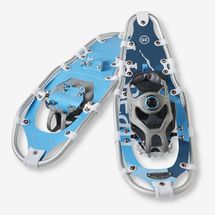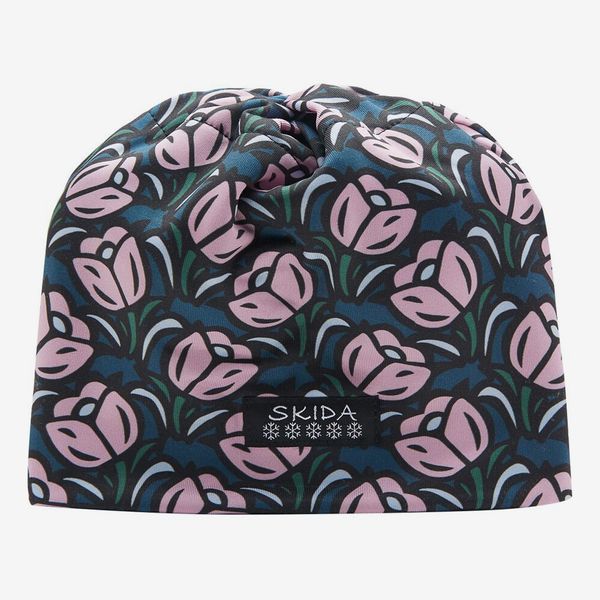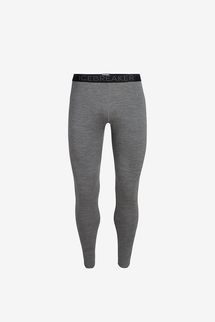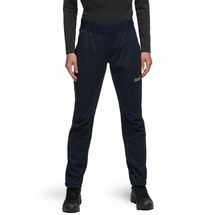
With many of your favorite indoor spots still closed, you might be looking for new ways to entertain yourself outdoors. Snowshoeing is the perfect solution. It’s a sport that’s accessible to all ages, body types, and skill levels. And unlike a lot of winter sports, snowshoeing gear doesn’t have to cost an arm and frostbitten leg: “You can go spend $1,000 on snowshoes,” says Eli Simon, owner of the Atlantic Climbing School, but you can still get great gear by “prioritizing affordability over comfort.” Plus, you can snowshoe nearly anywhere. Neighborhood parks and athletic fields are great options, says Mark Elmore, U.S. Snowshoe Association sports director. Or even your own backyard. “All you really need is a little bit of snow,” he says. And the more snow you have, the more fun it gets: “Four inches of easily packed snow, you don’t necessarily see a big advantage over a microspike,” Elmore says. “But when you get four to six inches of powder, now you are going to see a big difference. And when you get in the six to 12 inch range, that is where you are going to notice significant differences in levels of exertion between snowshoes and being on foot with microspikes.”
To determine which type of snowshoe is right for you, think about how much snow you’ll be walking in and what you want to do. “Everything basically comes back to the surface area of the snowshoe. The deeper the snow or the heavier the load, the bigger the snowshoe surface area you’ll need to keep you above as much of the snow as possible,” Elmore says. If you’re looking to move fast, or even run, the opposite may in fact be true: ”The smaller the shoe, the easier it is, the more comfortable it is, and the less impact it has on your gait.” And then there’s traction. If you’re on flat terrain, you don’t need much. Rolling hills require a little more grip, and steep or icy terrain requires aggressive crampons.
As important as finding the right snowshoe is, finding appropriate clothing — things that will keep you warm and dry — is even more important when it comes to staying safe and having fun. To help you find the right snowshoeing gear, we asked Simon, Elmore, and five other experts to tell us about their favorite snowshoes, gloves, hats, socks, base layers, and more. Here are their picks.
Editor’s note: With outdoor activities being more popular than ever this year, the equipment below is in high demand and stock changes frequently. We’ll keep checking back and updating the story to reflect current stock, but if you do see something available, act quickly.
Snowshoes
If you’re just getting into the sport, buying an approachable and affordable option may be the best bet. “Some inexpensive brands work really well,” says Simon. “I like L.L.Bean a lot. They make a really great product across the board, and they have a terrific return policy.”
Note: These snowshoes are currently sold out, but the MSR snowshoes below (that are also subject to L.L.Bean’s generous return policy) are still in stock.
“MSR is a great brand. The REVO Explore is for someone who wants to elevate their game a little bit,” says Stacey Timmons, director of retail at Sun Valley. “They’re a combination of speed and deep snow performance.”
If walking is not your cup of tea, you can get a snowshoes specifically designed for running. “Atlas snowshoes manufacturers great racing shoes,” says Elmore. These lightweight aluminum shoes have a narrow frame that helps avoid clipping — or catching one shoe on the other, even as you sprint. “The racing aspect of the sport is what I affectionately call the lunatic fringe,” he says.
Trekking poles
“I would really recommend that someone going snowshoeing use poles,” says Sam von Trapp, director and executive vice president of the Trapp Family Lodge. “They give you two more points of contact with the ground and help you with balance.” They also allow you to propel yourself with your arms as well as your legs. Unlike alpine poles, trekking poles have a basket to keep you from sinking into the snow, Timmons says. She likes Leki’s poles because “most are telescopic, so you can adjust to your height.”
Boots and gaiters
“Boots are very condition-dependent,” Simon says. According to Lauren Stagnittie, head of outdoor recreation at Trapp Family Lodge, “at the least [you want to wear] a lightweight hiking boot, and on the coldest day maybe a full super-insulated boot. If you can keep your ankle covered, that’s good.” This boot is perfect for snowshoeing, Timmins says, because it’s lightweight, waterproof, and warm.
If you choose to wear your hiking or light winter boots (or if you’re going to be in deep snow), Stagnittie says a gaiter like this one is a great way to keep your feet dry and snow out of your boots.
Gloves
“On the coldest days, Swany’s Legend mitt will keep you warm without sacrificing dexterity to hold a pole,” Timmins says.
Socks
“Anything wool” will work, says von Trapp, “but I am embarrassed to be seen not wearing Darn Tough. They’re Vermont-made, unbelievably warm and high-performance, and they have a lifetime warranty.”
Hat
“Skida is huge around here,” says Tim Harper, a high-school cross-country coach in Norwich, Vermont. “Folks love that it’s a Vermont company, and the hats and headbands are warm without being heavy.” The Alpine hat shown here is fleece-lined for increased warmth.
Base layers
“A good base layer [keeps you warm and] wicks the sweat away from your body, so your skin can stay dry and not clammy,” says Mark Elmore. Plus, “modern wool layers are not scratchy,” von Trapp says.
Mid layer
A good zippered layer is great for staying warm, while giving you great options to vent excess heat. This jacket is “windproof, dries quickly when wet, and is light enough to stick in a pack if you get too hot,” Timmins says. “I like that I can ditch it if it gets too warm,” von Trapp says.
Pants
“Its nice to have a wind pant as the outside layer. And many snowshoes will kick snow up your back, so these pants ensure that snow slides off,” says Elmore. Timmons agrees and says that Swix is one of Sun Valley’s top brands.
The Strategist is designed to surface the most useful, expert recommendations for things to buy across the vast e-commerce landscape. Some of our latest conquests include the best acne treatments, rolling luggage, pillows for side sleepers, natural anxiety remedies, and bath towels. We update links when possible, but note that deals can expire and all prices are subject to change.
























